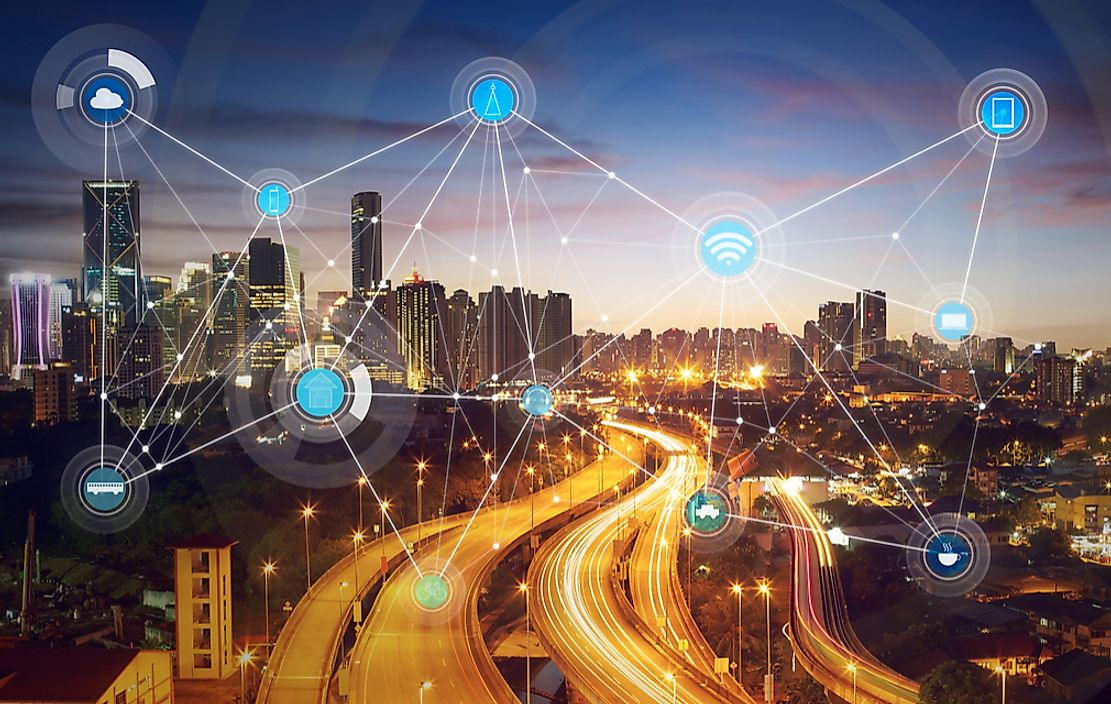What is a Smart City?

A smart city incorporates an interrelated system of computing equipment, objects, digital machines, and information and technology (ICT) which enables them to enhance the transfer of data over a given network without the presence of face-to-face interaction. In a smart city, technology is integrated into daily operations in schools, hospitals, and libraries to ensure efficient provision of services is given to residents. Other sectors that depend on efficient technology include infrastructure, water supply networks, power plants, law enforcement, and waste management.
The installation of sensor integrated real-time systems enhances the quick collection and analysis of data from people. For example, the data collected from the community is directly sent to the government servers where a feedback is generated and sent to the community servers. As a result, any problem that is facing the community is immediately responded to by the government. Through innovation processes and e-participation, the communication between the community and government is enhanced. In addition, ICT improves human intelligence, collective intelligence, and artificial intelligence in the city.
According to research that has been done in the past, the intelligence of cities can be compared to human organs and how they function. For instance, the telecommunication network functions as the nerves, the central intelligence of the city operates the brain, and the sensors and tags are compared to the sensory organs of the human body. When these "organs" are combined, they aid in the smooth delivery of city services. The forms of intelligence can be demonstrated in many different ways, some of which are listed below.
Orchestration Intelligence
In orchestration intelligence, community-based problem-solving bodies collaborate with other institutions such as Central Intelligence Services which enhances the security in the city. A good example of this is Bletchy Park which involves Nazi Enigma cypher.
Empowerment Intelligence
Empowerment intelligence can be seen in a smart city's open platforms. Experimental facilities and smart city infrastructure are considered the purpose for compiling information in some districts. Empowerment intelligence can be seen in Kista City in Stockholm, and the Cyberport Zone in Hong Kong.
Instrumentation Intelligence
The connection of the entire infrastructure system to real-time data collections provides a good surveillance system in a smart city. Amsterdam has made the operation smooth due to the provision of a common IP which allows people to develop applications easily. As a result of wireless meters, information can be transferred instantly. The supply of smart energy meters enables users to be mindful of energy consumption.
Understanding a Smart City
The concept of understanding a smart city can be divided into two elaborate frameworks: the technological framework, and the human framework.
Technological Framework: the technological framework is concerned with a digital city where there is an existence of a broadband of communication networks that enhance communication between the government and the citizens. The framework also deals with research in technological innovations to support learning.
Human Framework: the human framework involves creative careers and the workforce, the know-how of networks, and voluntary organizations for the development of a smart city.







